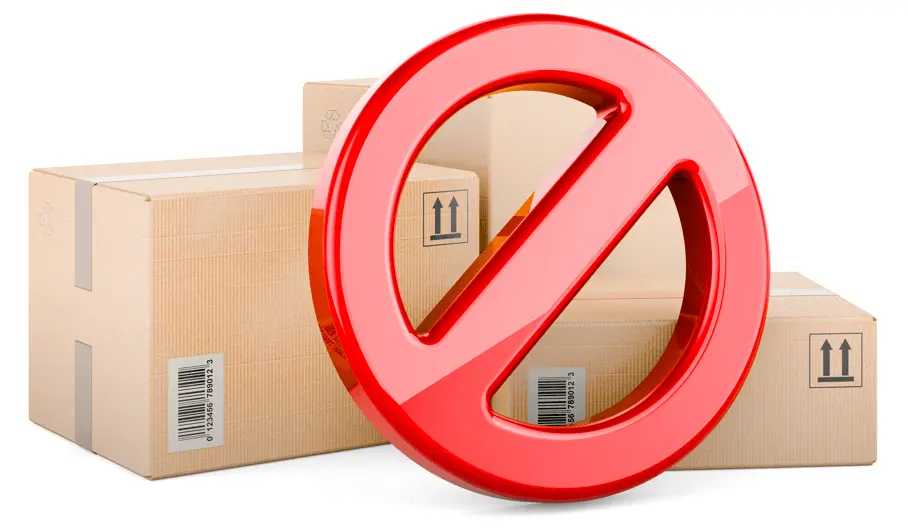If you’re running Shopping Ads, nothing feels more frustrating than logging into your Google Merchant Center account only to see a red notification: “Product Disapproved.”
Suddenly, your products stop showing up in search, your sales dip, and you’re left scrambling to figure out what went wrong.
The good news is, disapprovals are a common challenge for e-commerce businesses, and most of the time, they’re completely fixable.
In this guide, we’ll break down the most common causes of disapprovals, give you 7 practical tips to get your products back online, and share how you can prevent these issues from happening again in the future.
Common Causes of Google Merchant Center Disapprovals

Before you can fix a disapproval, it helps to know the root cause. Google is strict about maintaining a high-quality shopping experience for users, which means even small mistakes in your product data or website setup can trigger a disapproval. Some of the most common culprits include:
- Mismatched product information: If your product feed says “Free Shipping” but your site charges $10 at checkout, that inconsistency can get your product flagged.
- Missing or incorrect identifiers: GTINs, MPNs, or brand details that are missing or wrong often lead to automatic disapproval.
- Policy violations: Certain items (like counterfeit goods, restricted medical products, or weapons) are simply not allowed on Google Shopping.
- Poor product images: Images with watermarks, promotional overlays, or low resolution may cause your listings to be rejected.
- Unclear return/refund policies: If Google’s crawlers can’t find transparent policies on your site, they may not trust your business enough to show your products.
- Landing page errors: Broken links, slow-loading pages, or checkout errors can lead to disapprovals since they harm the user experience.
In short: if Google finds anything that doesn’t match their shopping standards or creates confusion for customers, your products are likely to be disapproved.
7 Tips to Fix Google Merchant Center Disapprovals
Now that you know the common reasons, let’s move into the good part—fixing them. Here are 7 actionable tips to help you resolve disapprovals and get your products live again:
1. Double-Check Your Product Feed
Your product feed is the backbone of your Google Shopping campaigns. Make sure all required fields—like product title, description, GTIN, and availability—are accurate and match what’s on your website. Even small mismatches can cause big issues.
2. Fix Image Quality Issues
Upload clear, high-resolution images that don’t have watermarks, text, or borders. If possible, use multiple angles to improve user trust and your CTR.
3. Correct Pricing and Availability Discrepancies
Google compares the price and stock status in your product feed with your website. If they don’t match, update them immediately. Always ensure the price shown on Google matches the checkout price.
4. Add or Update Unique Identifiers
If your products are missing GTINs, MPNs, or brand information, add them. For custom-made products without official identifiers, mark them as “custom goods” to avoid automatic rejections.
5. Review and Update Policies on Your Website
Make sure your return, refund, and shipping policies are easy to find and clear. Google wants customers to trust your store before promoting your products.
6. Monitor Restricted Content
If your products fall into a sensitive or restricted category, review Google’s policies carefully. Sometimes, even wording in your product title or description can trigger disapprovals.
7. Resubmit Your Products After Fixing Issues
Once you’ve made corrections, resubmit your feed in Google Merchant Center. Monitor your account regularly to confirm that the fixes have worked and your products are active again.
Fixing disapprovals can feel like a headache, but once you establish a process, it becomes much easier to stay compliant and keep your listings active.
How to Prevent Google Merchant Center Disapproval in the Future?
Fixing disapprovals is one thing, but prevention is always better than cure. By being proactive, you can save yourself time, money, and lost impressions. Here are a few best practices to help you stay in Google’s good books:
- Keep your product feed updated: Set up regular feed updates, daily if possible. This ensures that prices, stock status, and other details stay accurate and consistent with your website.
- Use high-quality data from the start: The better your product titles, descriptions, and images, the fewer issues you’ll face. For instance, descriptive titles not only prevent disapprovals but also improve your keyword visibility in Google Shopping.
- Monitor your Merchant Center dashboard: Make it a habit to log in and check for warnings or errors. Early detection gives you more time to fix issues before products get pulled.
- Stay on top of Google’s policies: Google regularly updates its product listing requirements. If you’re unaware of these changes, your listings could get caught in the crossfire. Reviewing updates can help you adjust quickly.
- Optimize your landing pages: Make sure your product pages load fast, work well on mobile, and have clear shipping and refund policies. A strong website experience not only avoids disapprovals but also improves conversions.
By applying these steps consistently, you’ll minimize the risk of disapprovals and keep your Shopping Ads running smoothly.
Conclusion
Google Merchant Center disapprovals can be a headache, but they’re not the end of the world. By understanding the common causes, fixing issues quickly, and putting preventive measures in place, you can get your products back online and ensure they stay there.
If you’re managing multiple products or struggling with recurring disapprovals, it may be time to get expert help. At Ostenpowers, our team specializes in optimizing Shopping Ads and helping businesses avoid pitfalls like these.
From improving your product data to advanced targeting, building smart remarketing campaigns, and maximizing your impressions, we’ll make sure your Google Ads perform at their best.
Ready to take the stress out of Merchant Center management? Reach out to our Google Ads consultants from Sydney and let us help you turn your Shopping Ads into a reliable source of sales.









